Path of Exile 2’s Hardcore Endgame Gets Adjustments in Major Patch
The highly-anticipated first major patch of the year for Path of Exile 2 is on its way, bringing with it a series of updates aimed at improving the late-game experience. For long-time fans of Grinding Gear Games’ (GGG) notoriously challenging action RPG, these changes mark a significant attempt to smooth over frustrations with the game’s brutal endgame mechanics—without compromising its signature hardcore style.
Among the updates, players can expect refined loot systems, toned-down deadly mechanics, and a bit more breathing room when fighting powerful endgame bosses. However, the update stops short of reworking some of the most polarizing aspects of PoE2, including the infamous “one death” rule, a mechanic that remains a defining (and divisive) feature of the game.
Revamping Endgame Without Losing Its Edge
The core focus of this patch is the endgame—a place where players invest hours honing their builds, only to face steep penalties for even small mistakes. This update introduces the ability to attempt endgame bosses multiple times, addressing player frustrations with the previous single-attempt design. Additionally, the patch will soften certain harsh mechanics, such as sudden explosions that kill players without warning.
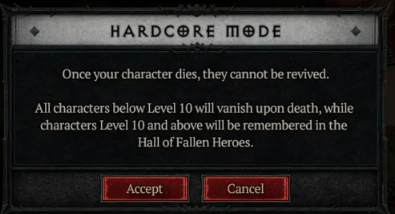
These tweaks are designed to make the game’s punishing late-game feel more rewarding. However, Path of Exile 2 refuses to compromise on its high-stakes nature. If you die during an endgame map, you’ll still lose all uncollected loot and experience points, and you’ll need a new waystone to restart the map—a resource that doesn’t come cheap. Modifiers applied to the map are also erased, meaning a single mistake can set you back significantly.
The Philosophy Behind the “One Death” Rule
For better or worse, the “one death” mechanic is here to stay. In a recent conversation with streamers Darth Microtransaction and GhazzyTV, game director Jonathan Rogers explained why GGG remains committed to this controversial system, despite years of player complaints.
“We did discuss quite a lot about whether we wanted to go back on one portal or not,” said Rogers. “I think it comes down to the fact that it would just not feel the same. The whole ‘death actually mattering’ thing is actually important.”
He elaborated on how this philosophy extends to pinnacle bosses:
“We were talking about the pinnacle boss and the discussion came up ‘should we allow portals everywhere, should we be allowing checkpoints everywhere’ and we ultimately decided we really don’t want to go that way if possible. So first of all we try out this pinnacle stuff, make sure it’s something where you have true economic value you have to preserve: It takes time to get there and that matters.”
Rogers emphasized that the stakes need to remain high for the experience to hold its weight. “You have to have some level of failure being possible,” he explained. “If players were allowed multiple opportunities, you simply don’t fail in the same way… I’m not really a fan, I much prefer the whole ‘one death’ thing.”
Finding the Balance Between Punishment and Progress
While Rogers defends the one-death rule, other developers at GGG admit that certain aspects of the endgame feel overly punishing. Mark Roberts, a developer on the team, highlighted how the current penalty system creates layers of frustration for players.
“Right now there are too many penalty axes,” said Roberts. “So if you’re dying all the time, you’re not gonna get materials, and thus you’re not going to go anywhere… and also an ‘add insult to injury’ thing [with the XP] where you’re just not levelling.”
The current XP penalty, which scales as players progress, has also been a point of contention. Rogers justified its existence by saying, “part of the thinking around that is that it’s keeping you in the place where you’re supposed to be, as in if you’re dying all the time then you’re probably not ready to keep going up the power curve. But maybe that’s the wrong way of looking at it.”
Roberts agreed that the game’s punishment dials may need adjusting, especially in the early stages of maps. “I think they’re just a bit too severe when all combined together, and I also think that the very start of maps is just too difficult,” he said. “I think we should ease into that a little bit, bring that down a bit, then ramp the difficulty up.”
Additionally, the randomness of rare monster combinations makes encounters unpredictable and often overwhelming. “There’s nothing to really take from one map to another,” Roberts explained, acknowledging the difficulty in adapting strategies between maps.
What’s Next for Path of Exile 2?
Although this patch aims to make small adjustments, GGG is saving more substantial changes for the next league. The development team is closely watching how players respond to these tweaks before making bigger decisions on core mechanics like the XP penalty or map difficulty.
Still, the “one death” rule isn’t going anywhere. Rogers explained that removing it would create opportunities for exploitation, such as intentionally failing maps to farm resources. “It would be nice if you could just spin another map and still be able to do that content,” he said. “But unfortunately we can’t do that because it would open up too many economic abuse things, where like you fail the map intentionally because you want to farm the items in the rest of the area.”
Mark Roberts added: “I personally want to keep the one portal and adjust the other axes and see how it plays out before compromising on the one portal. But yeah, it’s a bit tricky, it certainly is the case we’ve discussed it so many times before [PoE2] came out. We knew ‘people are definitely gonna complain about this’ and we know and we haven’t found a solution.”
Final Thoughts
The new Path of Exile 2 patch is a step forward, offering quality-of-life improvements to the endgame without straying from the game’s hardcore identity. While changes like multiple boss attempts and reduced sudden deaths will ease frustrations, the one-death rule and XP penalty remind players that failure is central to the experience.
Share this content:
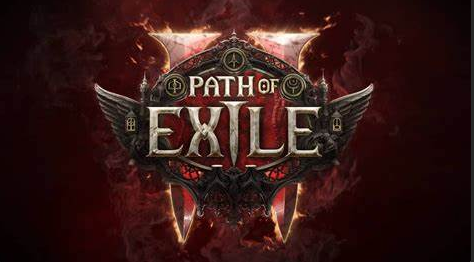

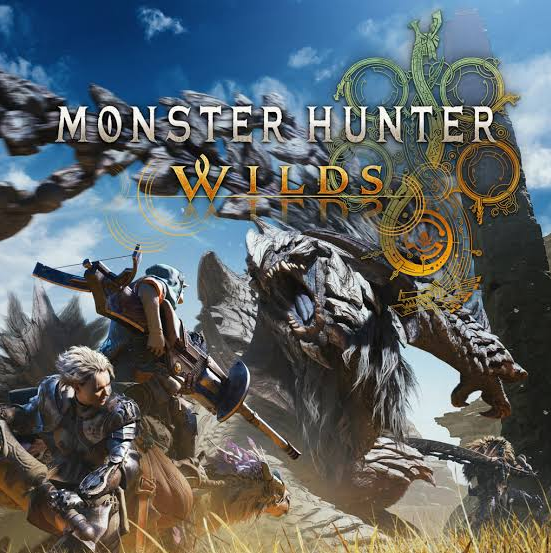
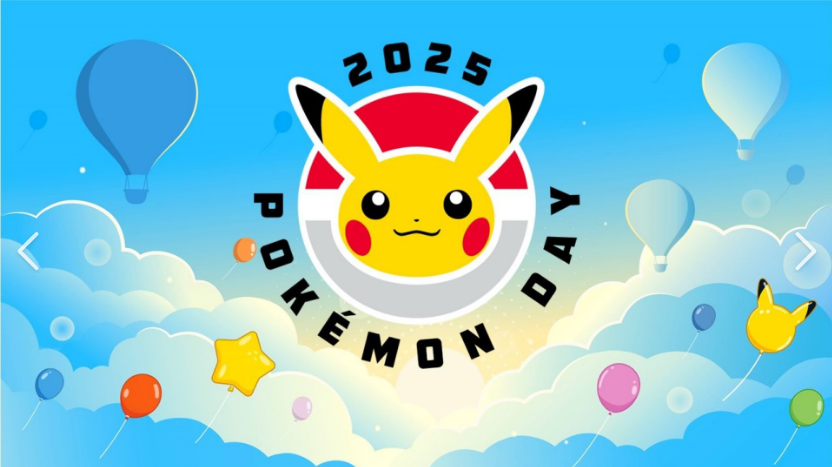
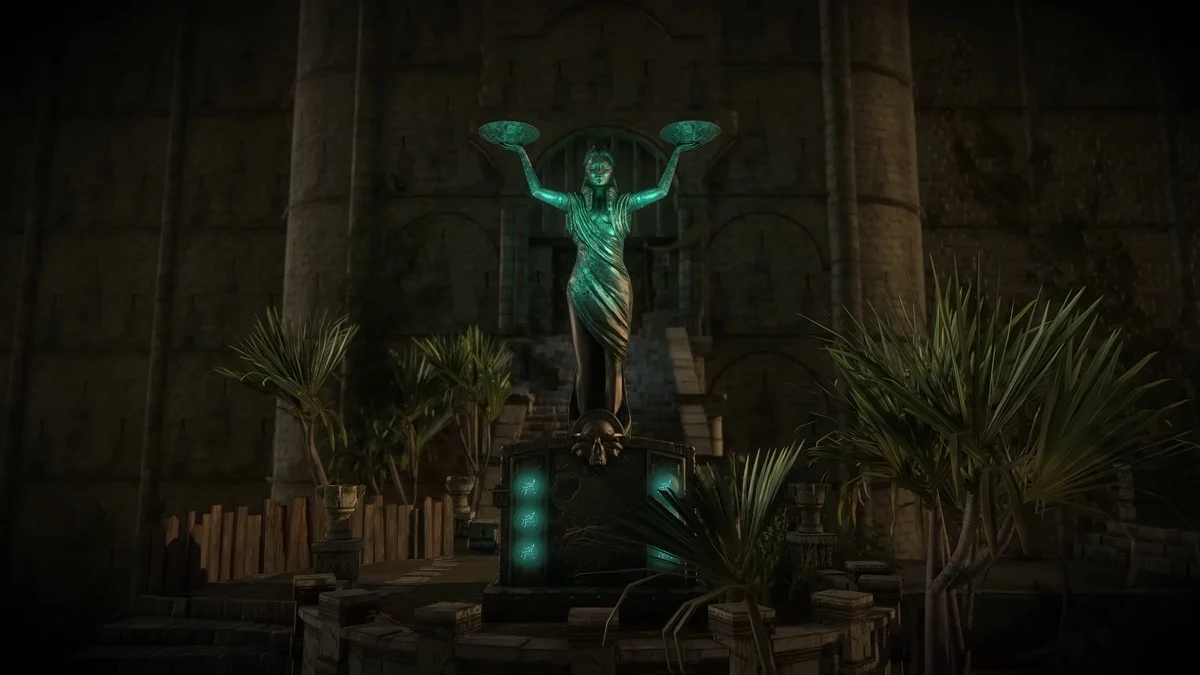
Post Comment